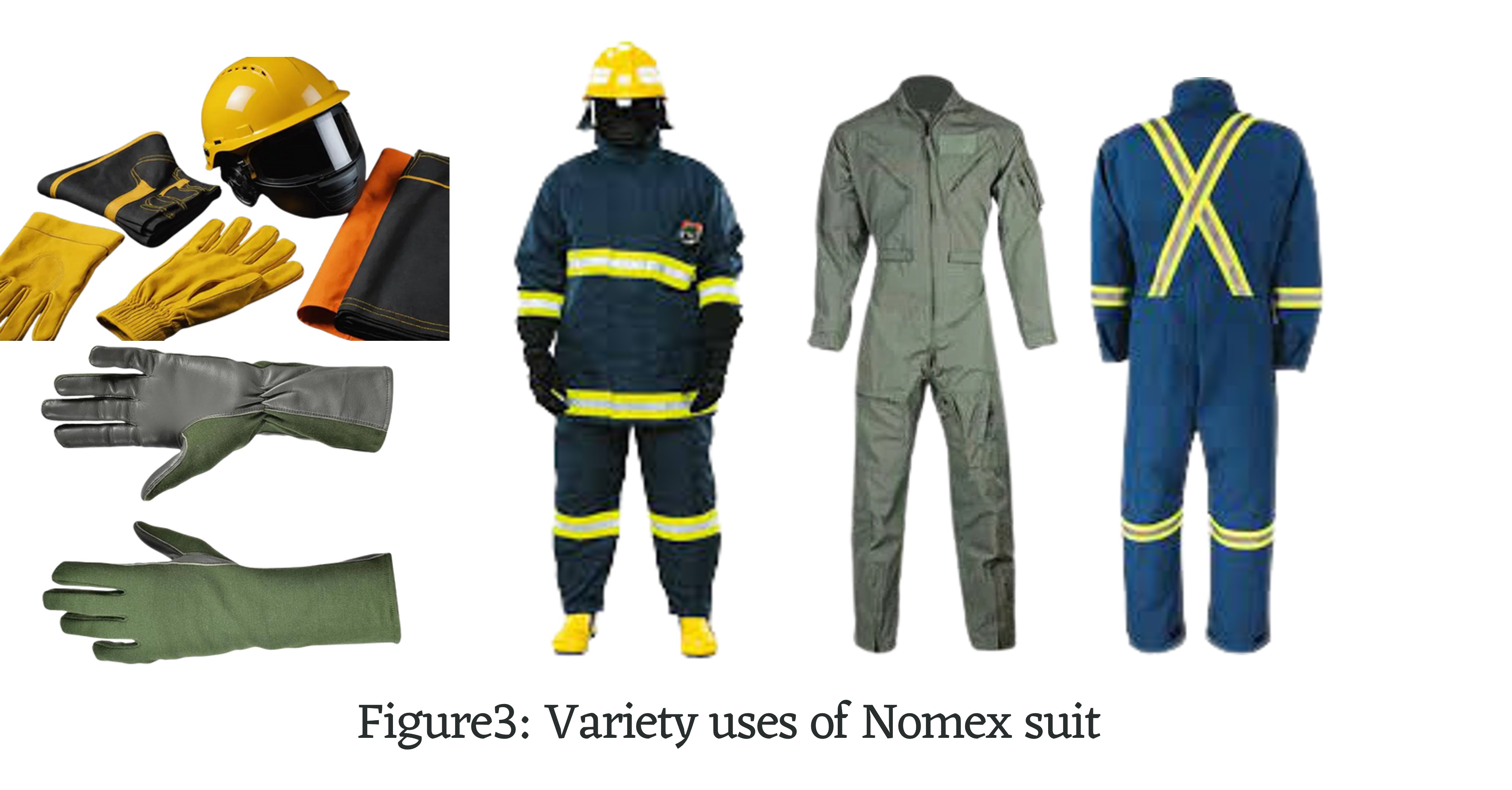
On 29 November 2020, F1 driver Romain Grosjean survived one of the most harrowing crashes in modern racing history. His car, travelling at over 300 km/h during the Bahrain Grand Prix, split in half and exploded into flames upon impact. Trapped in a fiery inferno for 28 seconds, Grosjean miraculously walked away. He had only minor burns. This remarkable feat underscores the brilliance of materials science and the life-saving power of his Nomex race suit, a heat and flame-resistant meta-aramid fiber, which provided critical protection in a moment where every second meant the difference between life and death.
Nomex, developed by DuPont in the 1960s, exemplifies how advanced materials are not just tools of performance, but of survival.

Nomex is a synthetic aromatic polyamide known for its unique thermal behavior under extreme conditions. Unlike conventional fabrics, Nomex is inherently flame-resistant, meaning it does not require external treatments that degrade over time.

When exposed to high temperatures, Nomex fibres absorb heat energy and swell. Instead of melting, it forms a char layer. This char acts as an insulating barrier, preventing the spread of flame and reducing the amount of heat that penetrates the garment. Furthermore, the fiber’s molecular backbone resists decomposition even at temperatures exceeding 300°C, and in flash fire scenarios, it can endure peaks of up to 800°C, conditions under which many other materials would melt or ignite.

The protection Nomex offers originates at the molecular level. Its strong, stable aromatic rings and hydrogen bonds make it resilient to heat, flame, and chemical degradation. This molecular structure is also responsible for its mechanical strength and durability, which are essential for environments where abrasion and tensile stress are common. In Formula 1, these suits are further layered with Kevlar to enhance tear resistance without adding excessive weight, keeping total suit mass to around 1 kg.
Beyond motorsport, Nomex is relied upon by firefighters, military pilots, industrial workers, and even astronauts. Grosjean’s survival is more than a miracle; it is a testament to material innovation at its finest. In a world of extreme risk, Nomex offers a powerful fusion of science, safety, and performance.
